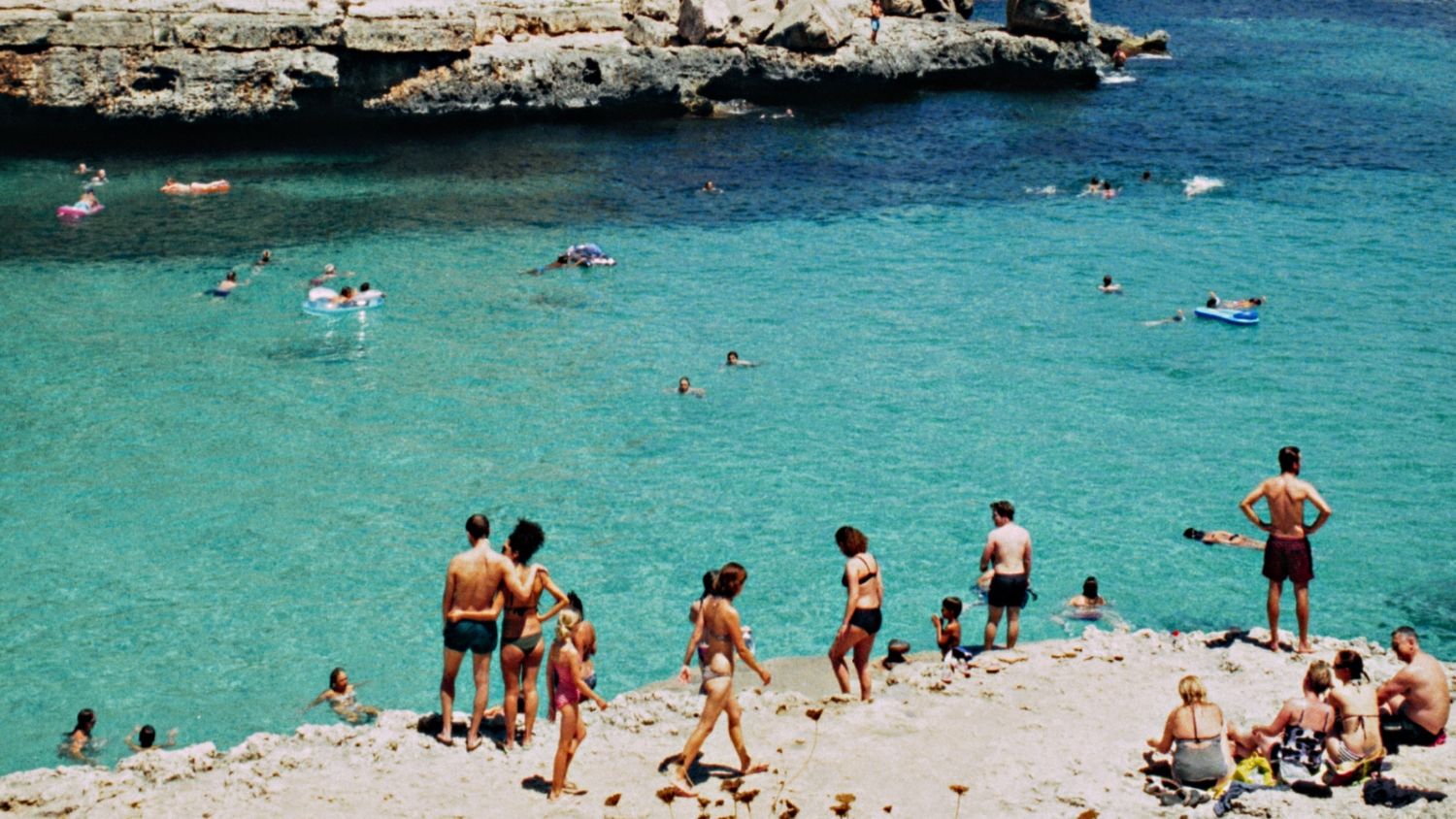A living and breathing postcard, Spain’s most vibrant little port, Cudillero, is a quaint and colourful nook of oceanfront paradise amidst towering mountainous cliffs, pink hydrangeas and mossy paths. A town of cobblestone crannies, secret alleys and tucked hideaways, walls and balconies draped with fish, brown cork-adorned nautical nets, and inhabitant clothing blowing in the sea breeze.
Cudillero’s sloped residential homes, buildings and businesses had been placed in a curved and tiered way, giving off the enchanting appearance of a time-honoured amphitheatre. The town of colourful homes with red-tiled roofs, narrow designs and long entrance corridors for oar storage, had been built around it’s picturesque square, Plaza de la Marina.
It’s beauty encompassed by colossal mountainous bluffs, and forested hills of eucalyptus and pine, harbourside cafes, restaurants serving sidra (Asturian cider), strong Cabrales cheese and monkfish soup, and a charming fresh fish market, Longo de Pescado, in the lower valley.
Centuries endured of isolation from inland Spain and with a population of 5000, it has been said that Cudillero was founded by the vikings in the earlier part of the 16th century. Their Nordic-influenced dialect, pixueto, is further proof of confirming this local legend built on trickled down generational hearsay.
They’re the last place in Spain with a small scale hand fishing industry which continues to contribute to their minimalistic livelihood and economy. Fishermen along this portion of the Asturian Coast only use hooks to capture fish instead of nets as to avoid the pitfalls of overfishing. These regulations had been set-out by Salvador Fernández, head of Cudillero’s Cofradía de Pescadores, having 40 years of fishing experience under his belt.
Cudillero is as vibrant as its pastel-coloured façades; here, we break down our favorite way to spend a weekend in one of Spain’s prettiest (undiscovered) ports.












